 May 2025
A time zone for the Moon
May 2025
A time zone for the Moon
The coming decade will witness an increase in missions to the Moon and its vicinity, both crewed and robotic, not only from the US but from China, India and other nations. But how will they ...
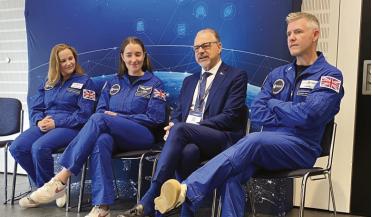 October 2025
What future for UK human spaceflight?
October 2025
What future for UK human spaceflight?
... and limited scientific return. Former Astronomer Royal Sir Martin Rees consistently took the view that robotic exploration of space was a better and safer approach. The British National Space Centre (BNSC) operated with...
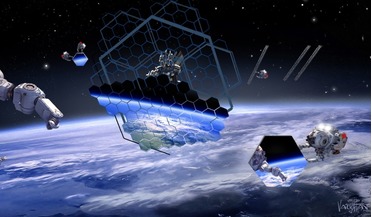 August 2017
On-orbit assembly will deliver major benefits in coming decade
August 2017
On-orbit assembly will deliver major benefits in coming decade
... packed efficiently into the fairing above the satellite platform. Once in orbit, the antennas are assembled robotically onto the satellite before transfer to GEO. Assuming the satellite generates revenue at a rate of US$1.5 million per transponder...
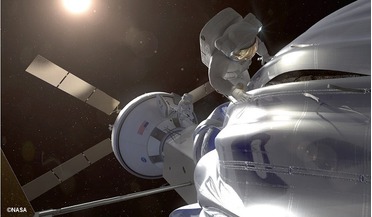 December 2014
Asteroid Redirect Mission: preparing for Mars in deep space
December 2014
Asteroid Redirect Mission: preparing for Mars in deep space
... to rendezvous and dock with the ARM robotic spacecraft to demonstrate early human exploration capabilities..../663703main_flighttest1_fs_051812.pdf. 4 Stich, S. “Asteroid Redirect Robotic Mission Overview”, presentation to the Small Bodies Assessment...
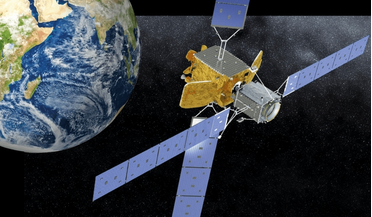 September 2019
Extending the life of geostationary orbit satellites
September 2019
Extending the life of geostationary orbit satellites
... both quick disconnection and replacement of failed systems and augmentation and upgrade of existing satellite systems by any robotic satellite servicing vehicle. This open architecture will allow more frequent and cost-effective upgrades of existing...
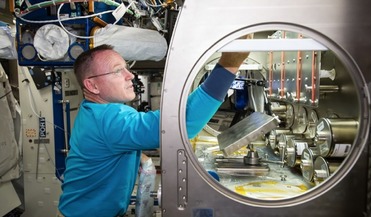 January 2017
Mini space station for mice to study effects of reproduction in reduced gravity
January 2017
Mini space station for mice to study effects of reproduction in reduced gravity
.... MICEHAB is unique because its concept addresses the combined effects of long duration, partial gravity, and autonomous/robotic operations simultaneously. MICEHAB elements There are four elements which make up the MICEHAB vehicle: a habitat housing...